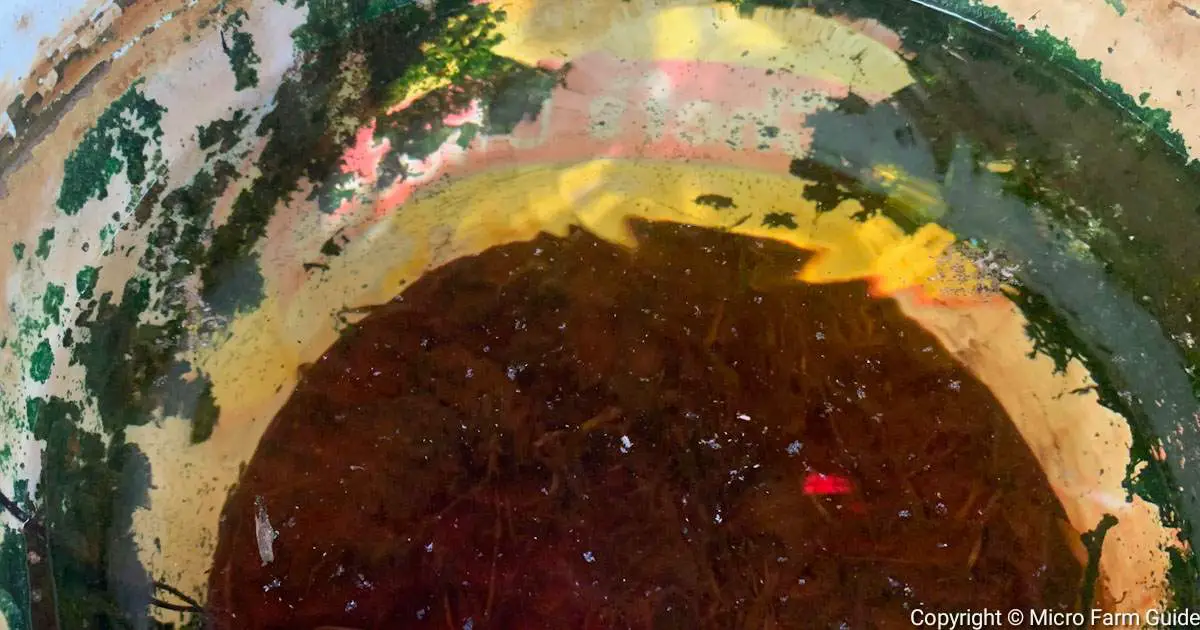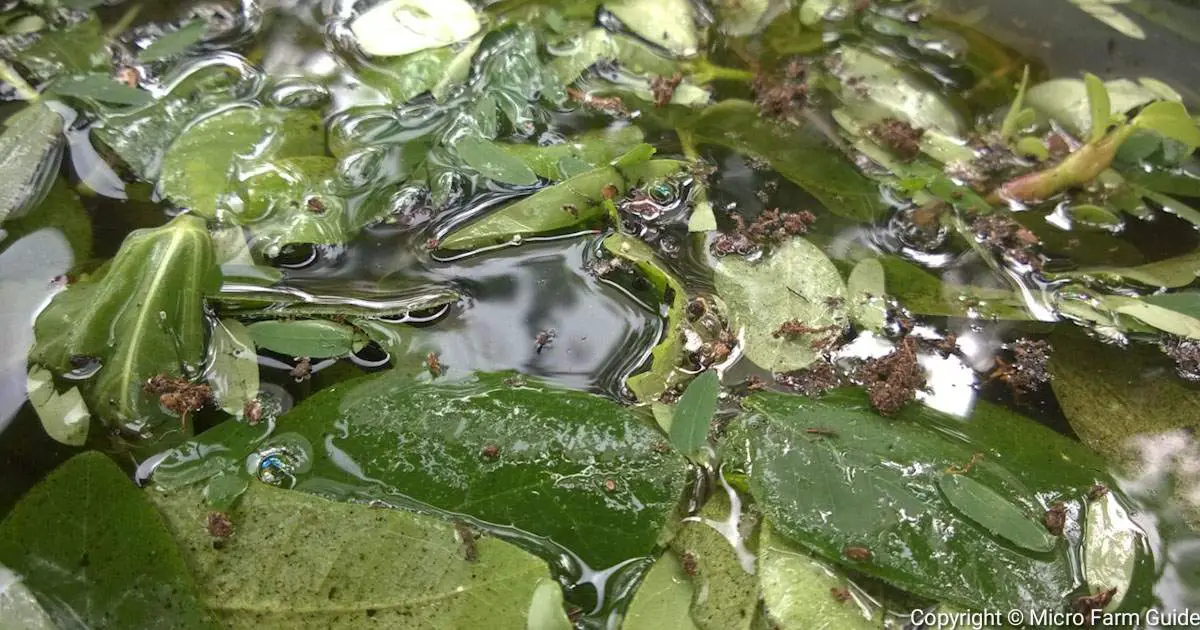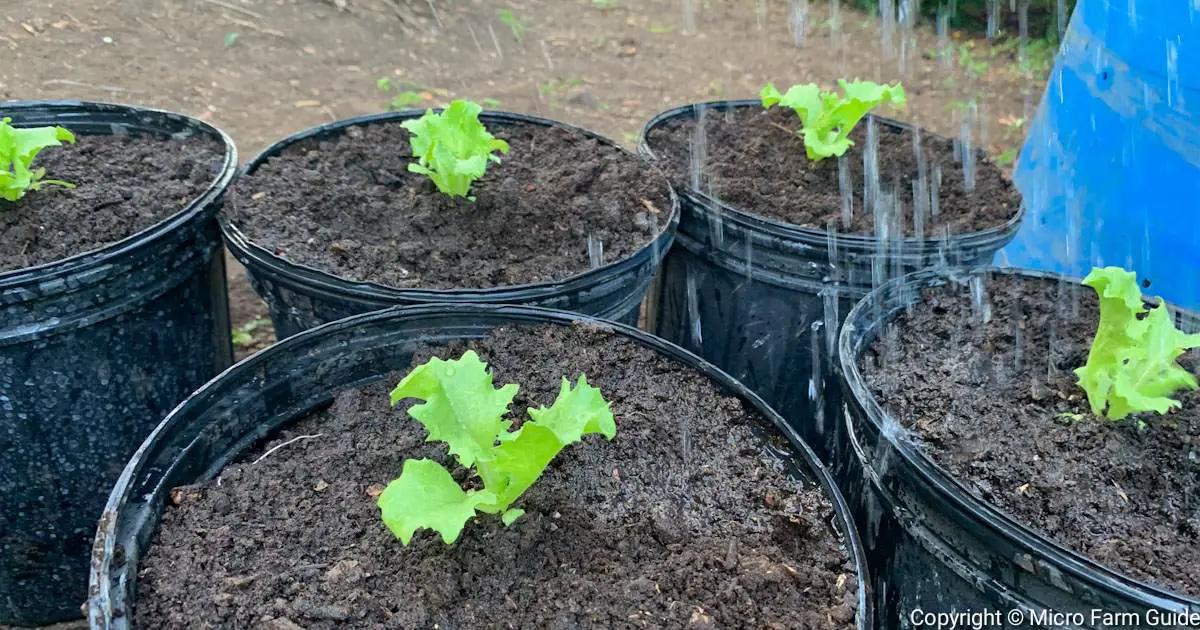Hi, it’s Julien.
Earlier this week, I delivered the first batch of ornamental plants to my dad.
These included crotons, bougainvillea, lady of the night, butter cups, and other fence-type flowers.
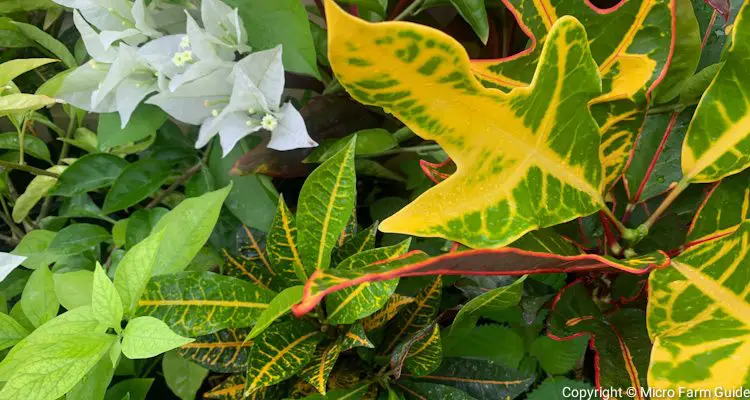
I was really happy to finally get rid of these plants since some were already outgrowing their containers.
This reminded me of the importance of using the right size containers for the plants you want to grow.
So, in today’s issue, I’ll discuss:
🌿 How to Choose Containers for Your Kitchen Garden
Whether you’re starting with a small space or a big backyard, picking suitable containers can make all the difference.
Let’s walk through the steps together and explore some affordable options to get you started.
Step 1: Think About Size
Containers come in all shapes and sizes, so choose those that fit your space and the plants you want to grow.
Bigger containers are great for veggies like tomatoes and peppers, while smaller ones are perfect for herbs and lettuce.
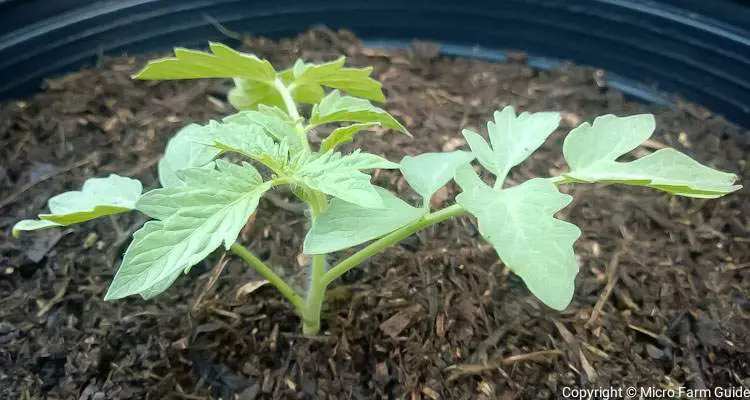
Step 2: Consider Mobility
Think about where you’ll place your containers. If you need to move them around to get the best sunlight, choose containers that are lightweight, but durable.
Ideally, larger containers should have handles or hand grips. Otherwise, consider placing them on a wheeled platform. This makes it easier to rearrange your garden as needed
Step 3: Check for Drainage
Most plants don’t like sitting in water-logged soil, so make sure your containers have holes at the bottom for drainage.
In some cases, you may have to create drainage holes yourself — a small drill will come in handy for this.
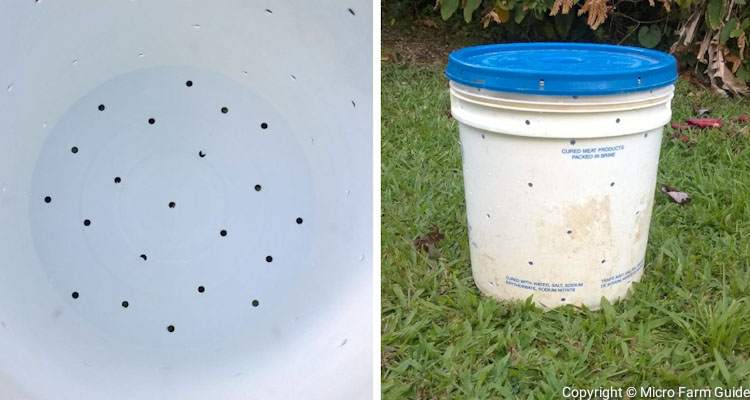
Step 4: Keep It Simple
Starting a garden doesn’t have to be complicated. Begin with a few containers and see how your plants grow.
You can always add more plants later as you gain confidence and experience. Remember, it’s okay to start small and expand over time.
Step 5: Explore Affordable Options
You don’t need to spend a lot of money to find great containers. Black plastic pots are a budget-friendly option and come in many sizes.
You can also use containers made from recycled materials, such as old buckets, tubs, or plastic bottles. Get creative and see what you can find around the house!
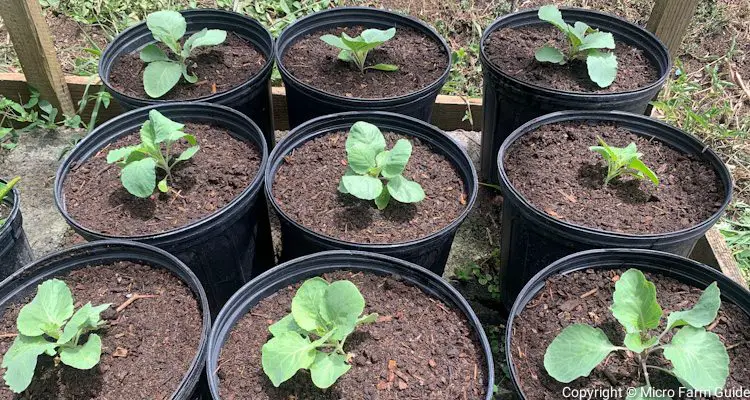
💡 Need More Ideas?
If you’re looking for more affordable options, check out my 7 Affordable Containers for Growing Vegetables article. It’s full of great ideas to help you find the perfect containers without breaking the bank.
Remember, it’s all about making the best of what you have and keeping things simple. Now, let’s take a look at the:
📸 Photo Of The Week
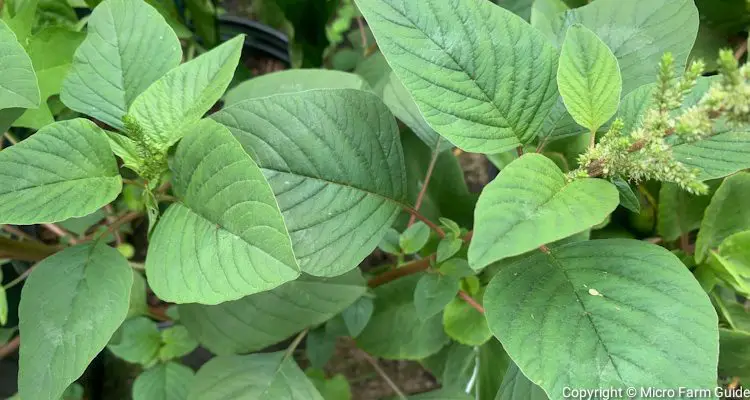
I found these Zepina plants growing in some of my containers. Many people consider it a weed, but it makes a tasty and nutritious side dish… And has many medicinal properties.
I’ve heard about this for a while now, so I’m excited to see it growing voluntarily in my garden. Now, I’m tempted to cultivate it as well.
📋 Weekend To-Do List
Do you have a recommendation to share with other guide readers? Please submit it here; it might be featured on next week’s list.
📚 Read: You can make your own vinegar at home if you have some extra fruit, some sugar, and a couple weeks for it to ferment. Read Tutorial
📺 Watch: Artificial Intelligence might still be in its early stage, but some farmers are putting it to good use and are seeing great results. View Video
🌱 Plant: Cucumbers are easy to grow and very useful in the kitchen. Best of all, you can grow them even if space is limited. View Instructions
📧 Did I Miss Anything?
I welcome your comments and suggestions, which will help improve the newsletter. Also…
Send me a message with any topic, photo or question you’d like featured in future issues.
And remember, my newsletter goes out every Friday morning.
Until next week, take care, stay safe, and keep growing!

